Climate and Ag in the news
-
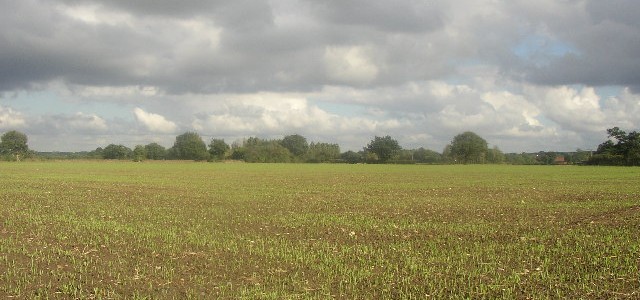
This time of year I get a lot of questions about what we can expect for the weather in the upcoming growing season. There are several groups and individuals that provide outlooks on what to expect. One of these experts is Brad Rippey of USDA. This article from AgWeb provides Brad’s description of current conditions…
-
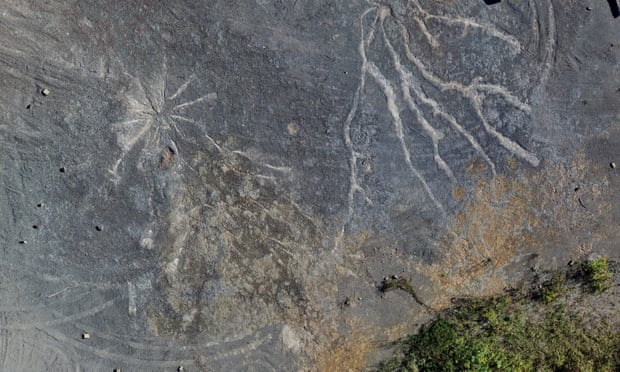
In past blog posts I have discussed the use of proxy data to determine temperatures and precipitation from the past. Tree rings can go back hundreds of years, ice cores can go back thousands to 100,000 years or more, and other records like pollen in lake deposits can also provide clues to climate at particular…
-
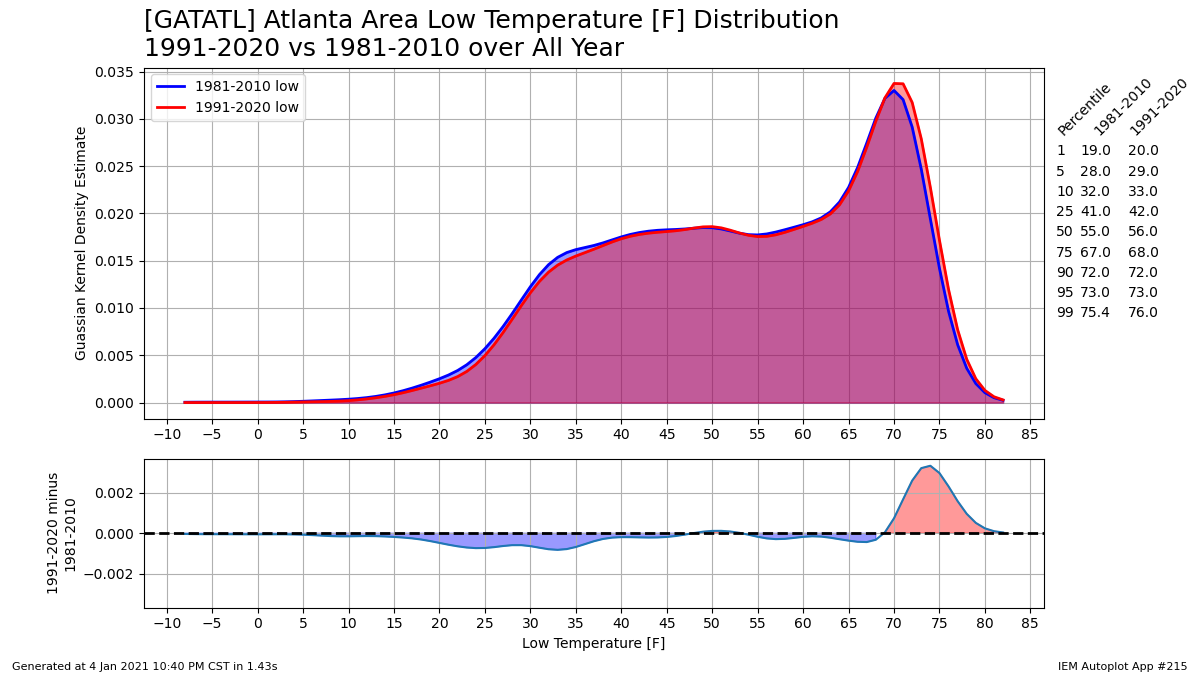
If you read climate summaries often, you know that most descriptions of what the climate was like in a particular month or year is put in terms of a departure from normal. But what is ‘normal’? For climatologists, ‘normal’ is a 30-year average of temperature or precipitation which is intended to describe the expected climate…
-

Here are a few stories I have seen over the holiday break that provide overviews of the past years. 50 Satellite Images from 50 Years of NOAA The top 10 weather and climate events of a record-setting year Top 10 Weather Events of 2020 2020 was an extreme year for Earth’s temperatures. But was it…
Posted in: Climate and Ag in the news -

Citrus has a long history in Louisiana, where warm temperatures have produced a great area for the growth of citrus trees, especially near the Gulf Coast. But that location is bad for hurricanes, and in recent years citrus farmers have been repeatedly pummeled by the direct effects of the wind as well as the indirect…
-
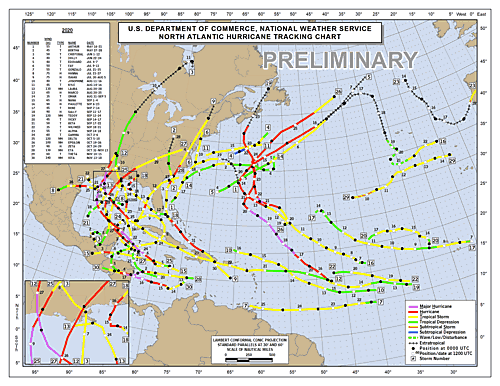
As the end of the year approaches, meteorologists and climatologists are starting to assemble their end-of-the-year lists of the top ten weather events. Here is the first one I’ve seen, from experts Jeff Masters and Dana Nuccitelli in Yale Climate Connections. Read the list here. What will 2021 bring?
Posted in: Climate and Ag in the news -
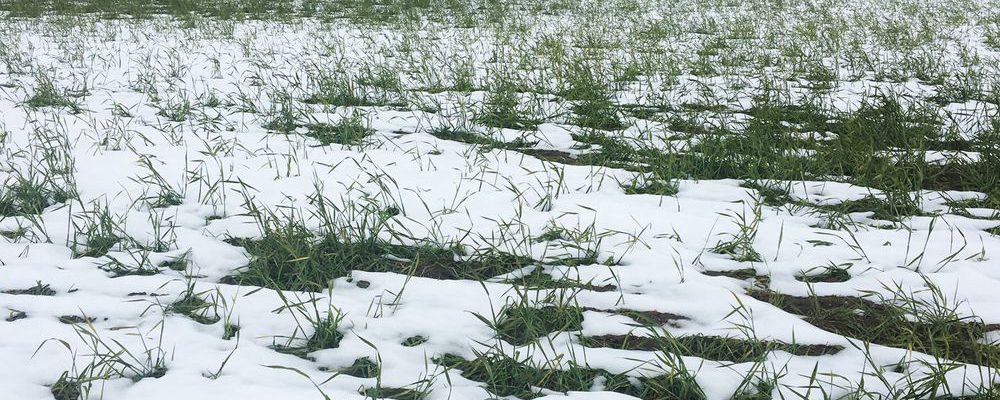
As we continue to see earth’s temperature increase, farmers are considering how to adapt to different growing conditions. Areas that are most favorable for some crops like corn and wheat are moving north, which gives northern farmers more options for crops and southern farmers the opportunity to try new crops or new varieties that are…